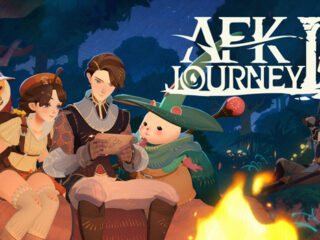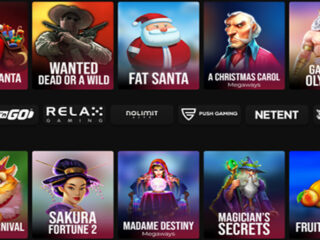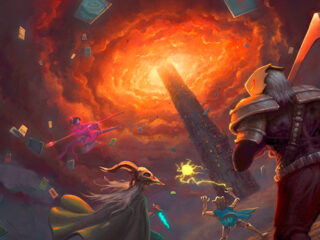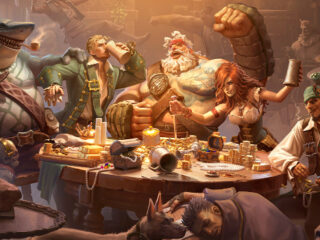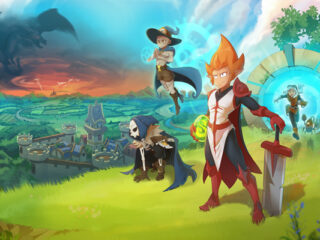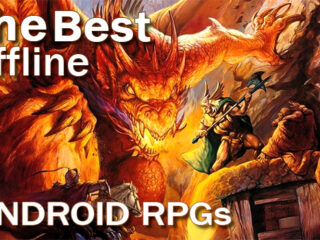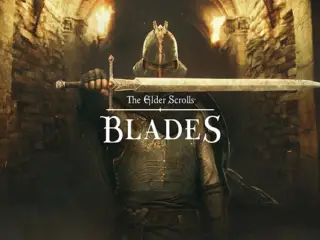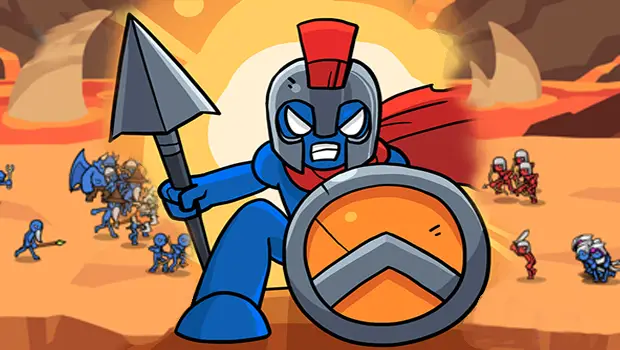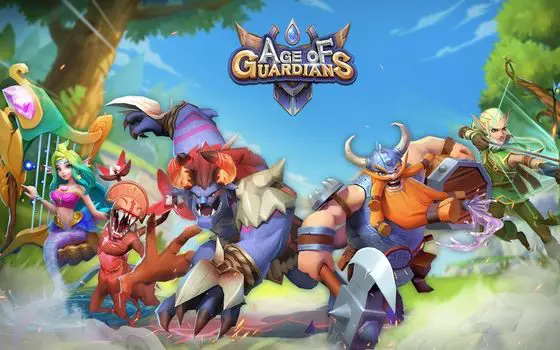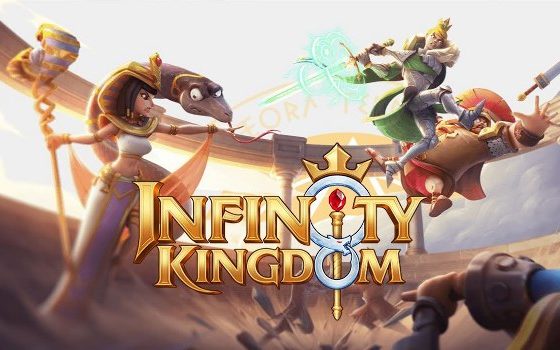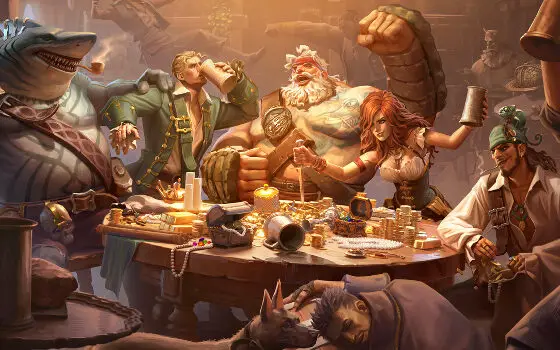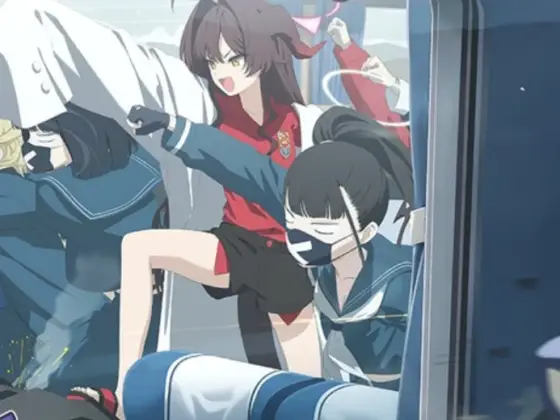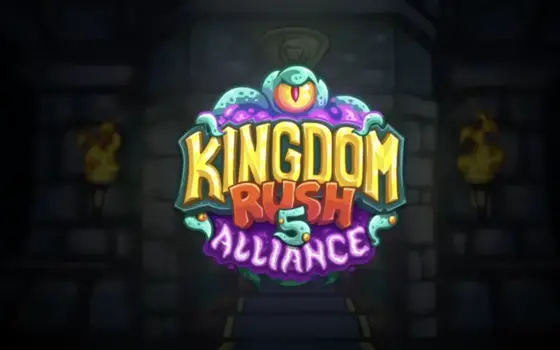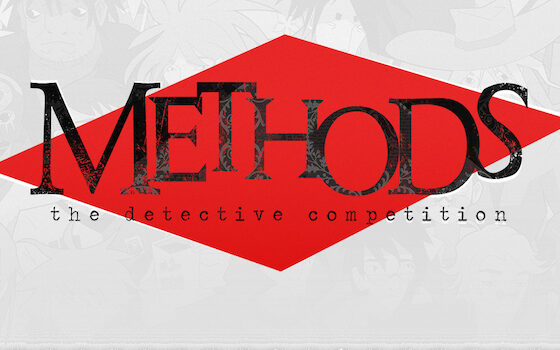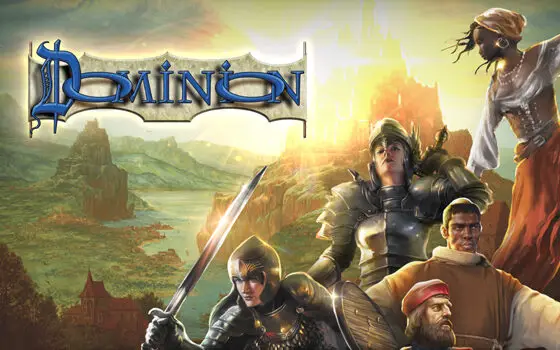Not your Average Stick Fight
Developed by RedAntz and published by DIVMOB out of Ho Chi Minh City, Vietnam, Stick Wars 2: Battle of Legions puts players in control of blue stickmen armies comprised of swordsmen, archers, ogres and other fantasy archetypes against an ever-increasing red horde.
I say control, but that’s quite a bit more generous than the gameplay merits as you don’t have all that much influence during battles, if really any at all. You can position your troops before combat begins, but aside from that, they operate autonomously. You can’t direct targets, and you can’t order them to new locations—as a commander, all you do is sit back and watch them smash into each other.
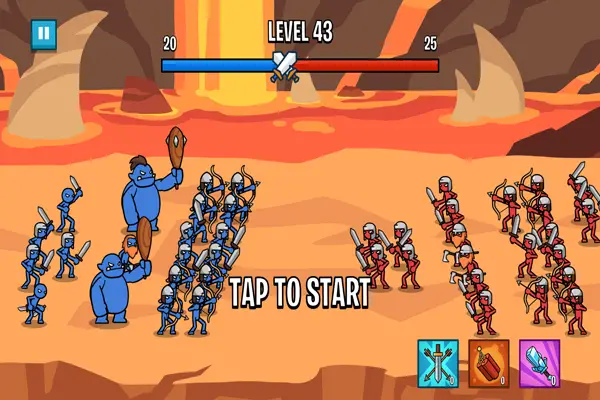
As a leader, you do have some choice over what units to bring into battle. After every engagement, you can purchase a new unit, ranging from cheap fodder to expensive elites. However, there isn’t any method of determining which type of unit you’ll get, as each purchase is a random selection. It might be an archer or an ax-wielding berserker—you won’t know until after you’ve finished purchasing.
One Stick, Two Sticks, Red Stick, Blue Sticks
This in itself wouldn’t be so bad if not for the fact that the only way to upgrade units is to merge identical ones. If you have two level two archers, you can merge them into a stack of three—giving them increased health and damage, I assume. I say assume because there is no way to inspect your units. There are no cards or menus that detail statistics or exactly what troops are capable of. The only indicator of their abilities is their appearance, literally the number of soldiers you see in each squad. Aside from buying and upgrading your soldiers, there really isn’t much of anything to work toward—there is no campaign to progress through. There is no overworld, no overarching story, nothing.
Despite the shallow gameplay, Stick Wars 2: Battle of Legions still has its silver linings. The art style is straightforward and sleek, perfect for a game about stick figures slaughtering each other. Units are distinct from each other, with stronger ones of the same type usually sporting upgraded arms and armor. And although the gameplay is simple, it can be pretty satisfying to watch as your army steamrolls everything in its path.
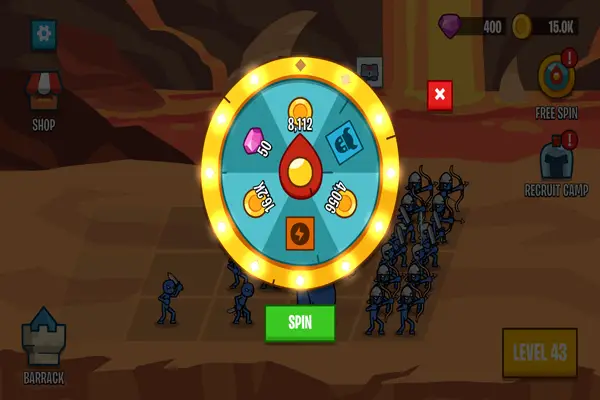
So, the game looks nice, but how does it sound? Well, it doesn’t. I’m giving RedAntz and DIVMOB the benefit of the doubt and assuming that this is a bug or mistake of some sort instead of just outright refusing to add any audio. Even though there are no sound effects or music, there are options in the settings to turn them on and off. However, this lack of audio only pertains to the game and not to advertisements, of which there are plenty.
Sticks and Stones May Break My Bones, but Ads Will Always Hurt Me
Speaking of, I hope you like being prompted to watch ads because that’s what you’ll be doing half the time (unless you feel like coughing up a few bucks). Do you want to increase your after-battle rewards? Watch an ad. Would you like a free spin on the roulette wheel? Watch an ad. Want to open this “free gift” that has money or troops? Watch an ad. Like many games, Stick Wars 2: Battle of Legions also offers players the chance to purchase “premium” currency with real money. Using this, players can outright purchase more in-game currency and higher-quality units. It’s up to you to pick your poison: being assaulted by ads or emptying your wallet. You don’t have to do both, but you’re not going to get far without doing one or the other.
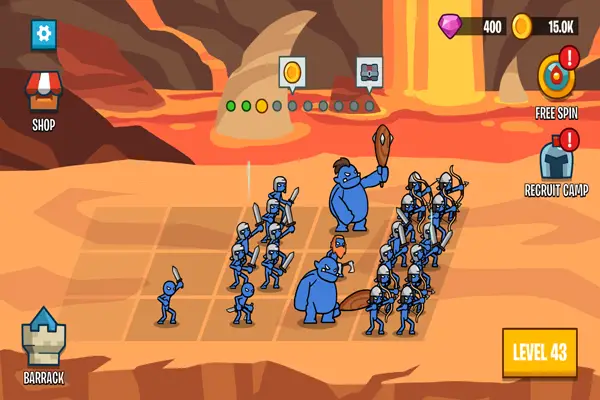
Stick Wars 2: Battle of Legions won’t blow anyone’s mind with its simplicity, but it can be a fun time-waste while you wait for something better to finish downloading. The fun there is to be had gets quickly overshadowed by aggressive advertising, lack of real control, and repetitive gameplay.
IS IT HARDCORE?
No, so you might as well go outside and play with actual sticks.
Stick Wars 2: Battle of Legions is as shallow as they come. Pleasing to look at and fun in short bursts, the tedious gameplay, barebones design, and aggressive monetization makes it seem more of a vessel for marketing and less like an actual game.

